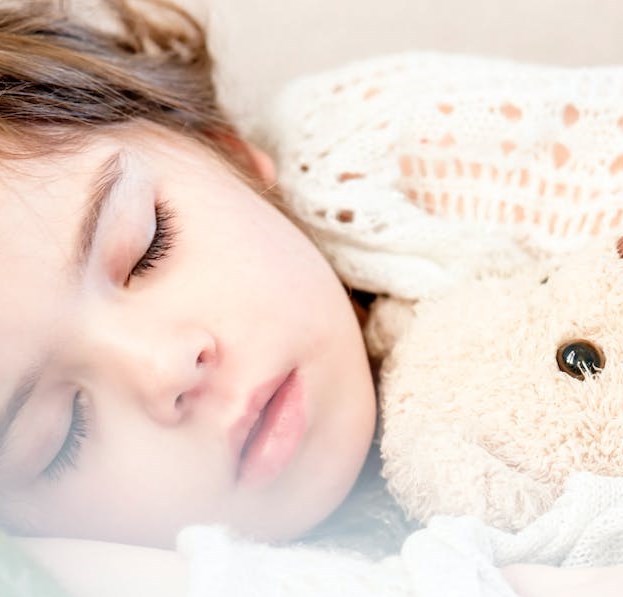Blog by Becky Lynch
Sleep is essential to the well-being of children. Not only does sleep support the overall health of the child, but it also affects a child’s mood and his or her ability to thrive. A lack of sleep can have long-term impacts on a child’s future academic performance and emotional health according to National Centre for Biotechnology Information. When Should Kids Stop Taking Regular Naps? | Sleep Foundation For your information, here is the link to the Tusla guidance for early learning Services sleeping arrangements.
That being said. I believe children will naturally grow out of naps at different stages of their development. Every single child is different. In the earlier years, children require naps more so than when they’re older.
As a childminder, I will let children lead with regards to napping, as the saying goes ‘they will sleep when they are tired and drink when they are dry’. A child should never be expected to sleep when its clear they do not require a nap. If a child is beginning to grow out of a nap and are not tired at the time they would have usually gone down, then try pushing the nap time out by 30 minutes or so and do something like dancing to music to burn up extra energy.
Children will always let you know when they are tired. Look for the signs of tiredness which may include, attention seeking, irritability or physical signs such as, eye rubbing, yawning and possibly crying. From time to time, you might also have a parent who requests that you only allow their child to sleep for 40 minutes or an hour as they won’t go to bed easily for them at their scheduled bed time at home. Children are sleeping at that time because they need it and I disagree with waking a sleeping child whose body is growing and mind developing at a ferocious rate. They require this sleep for their development. I would always suggest to parents a new routine may be required around sleep while the child is at the childminders house. I would suggest that if the child is no longer tired at 7pm, to try experimenting with their bedtime and to try 7.30 or 8pm instead. There will be days especially during the summertime where you are expending lots more energy so sleeping longer or sooner may be achievable.
When the Nap is Gone
When a child reaches around 2.5 years old, they are typically down to one shorter nap and by the age of 3 it’s gone. Some children can require quiet time to relax but not sleep so I would suggest maybe story time with an area to relax with cushions or a bean bag for the child to relax. We also enjoy colouring and I have a file of prepared colouring pages that I print and store in a big plastic pocketbook. All the children might need is a little time to rest and build back up their energy levels. The good thing about growing out of naps is you are no longer tied to having to be at home so the children can rest, this means that you can go to playgrounds and nature parks or even something as simple as a treat out to the local coffee shop with a big cookie. The list is endless, but the end of napping can mean there’s room for more FUN!

